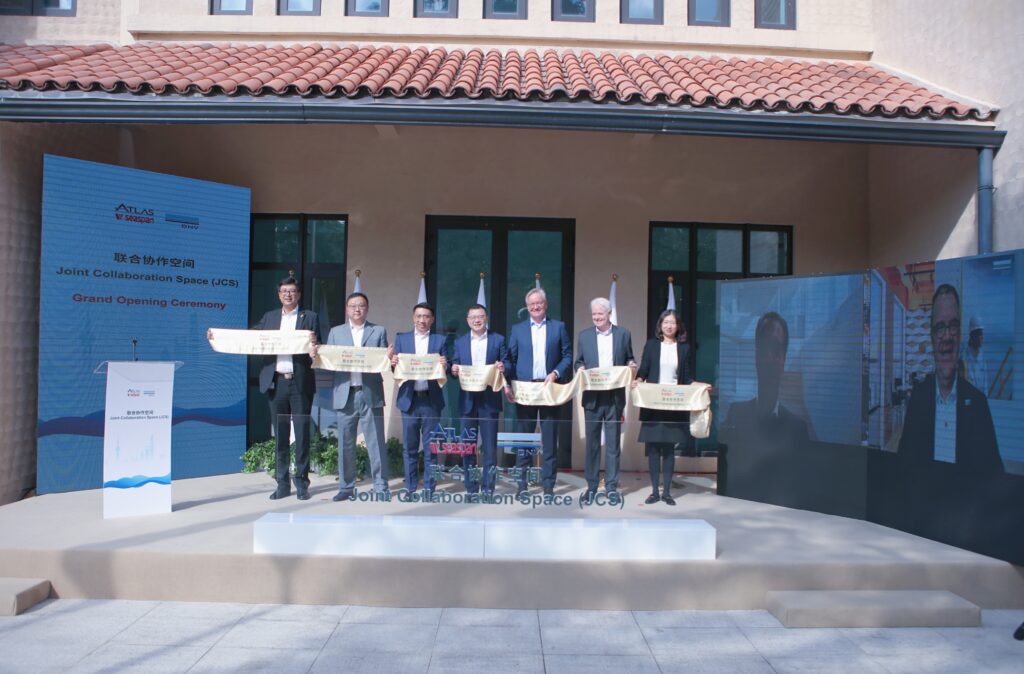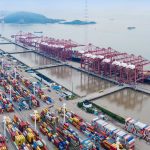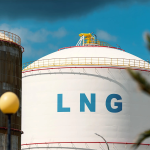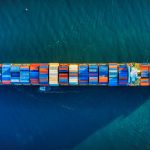An unprecedented race for ocean space is on the horizon driven by the exponential growth of offshore wind power. It is expected that by 2050 offshore wind will overtake the oil and gas sector and receive the largest investments in the Blue Economy while the oil and gas industry will shrink to only 25 percent of Capex over the same timeframe.
In a report published on Thursday, Norway’s assurance and risk management provider DNV revealed that the exponential growth of offshore wind power will be the main driver of a nine-fold increase in demand for ocean space by the middle of the century.
DNV’s Ocean’s Future to 2050 report forecasts that by midcentury, offshore wind will require ocean space which is the equivalent to the landmass of Italy and this growth will be particularly pronounced in regions with long coastlines. DNV expects that the demand for ocean space is set to grow 50-fold in the Indian Subcontinent and 30-fold in North America.
Currently, 80 percent of capex in the Blue Economy is invested in the offshore oil and gas sector, but by 2050 that number will have dropped to 25 percent.
On the other hand, offshore wind will grow from a small base to account for 50 percent of ocean capex. As a result, by 2050, offshore wind will provide about as much energy as offshore oil, the production of which will shrink 51 percent compared with 2019 levels.
Remi Eriksen, Group President and CEO of DNV, noted that the Blue Economy is entering a period of sectoral and geographic diversification, adding: “Currently, the regions which benefit most from the ocean in economic terms are those with access to oil and gas fields off their coastlines. But as the world decarbonizes and the need for renewable energy grows, countries not able to be part of the age of fossil fuel can be part of the age of wind.”
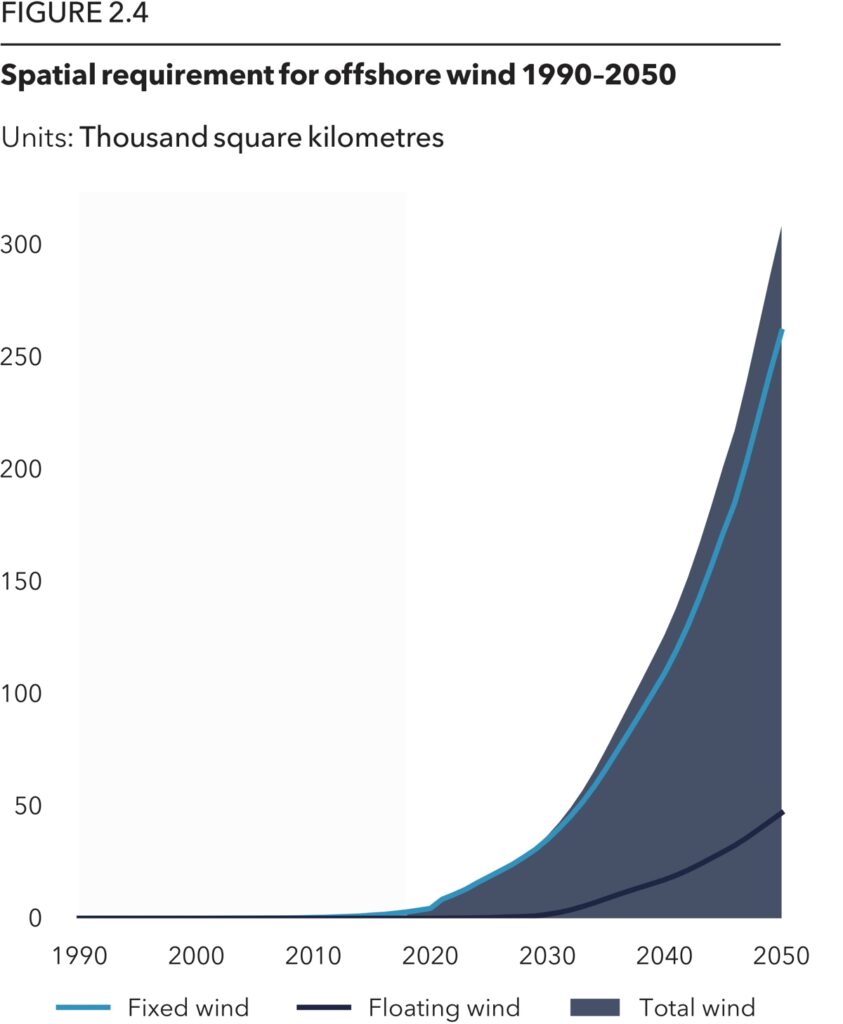
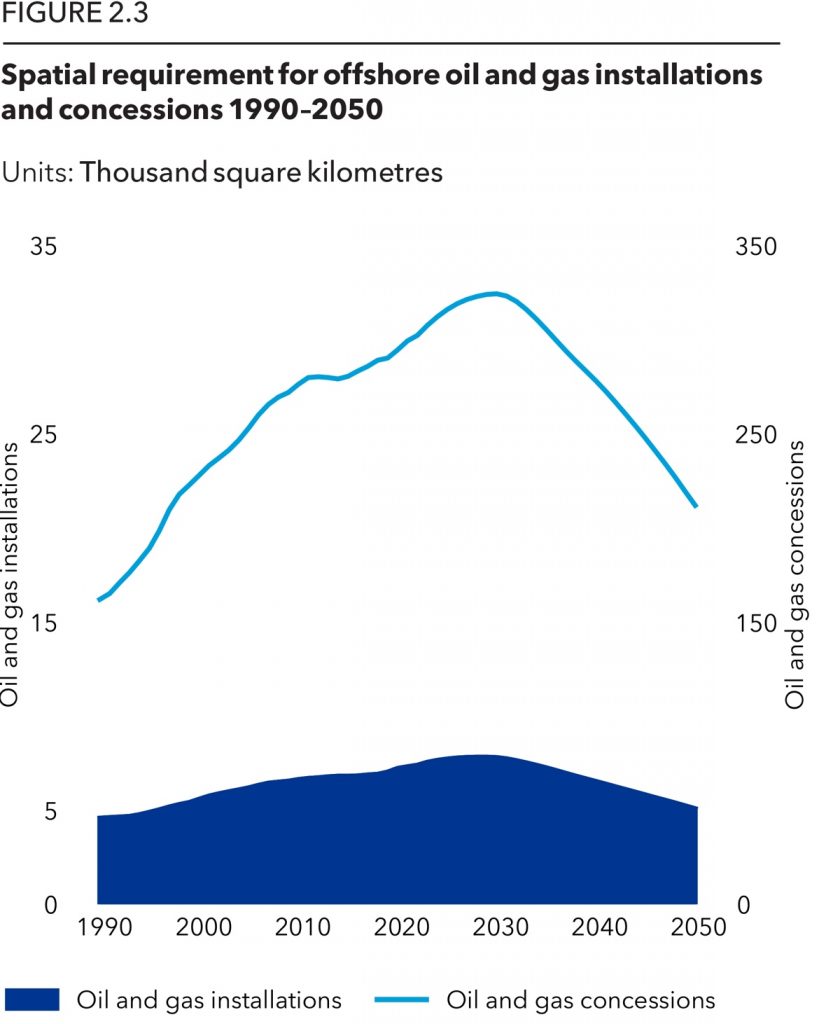
DNV expects that capex in the Blue Economy will reduce from $517 billion in 2018 to $461 billion in 2050. The decreasing prominence of oil and gas will be largely responsible for capex inflows into the Blue Economy being less in 2050 than today, whilst operating expenditure will increase below GDP growth.
The Blue Economy will be more focused on Asia with Greater China set to account for more than a quarter of capex by 2050 as it builds out its offshore wind capacity and marine aquaculture.
Source: Offshore Energy

